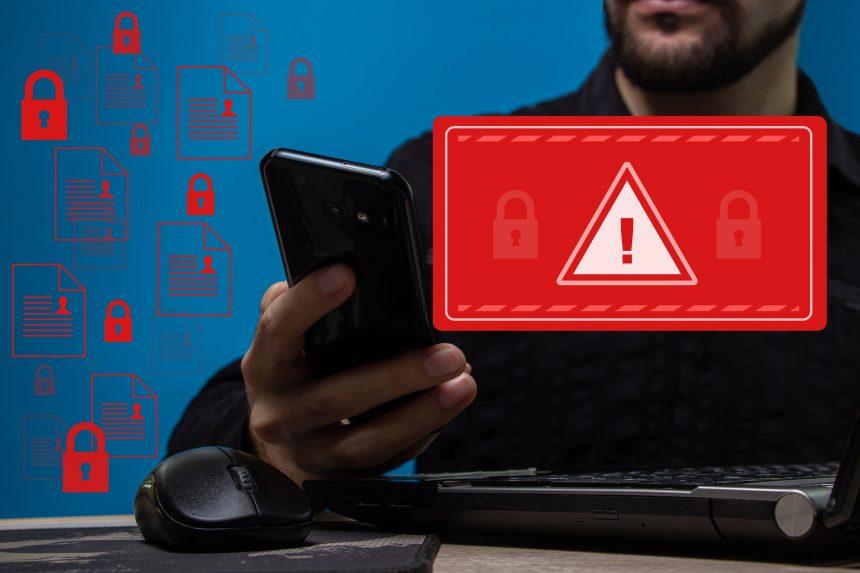In an era where cyber threats are becoming increasingly sophisticated, scammers are resorting to clever tactics to deceive unsuspecting victims. One such tactic that has gained notoriety in recent times is the Pfizer Supply Email Scam. This deceptive scheme preys on individuals’ trust in reputable companies like Pfizer, leveraging their brand name to orchestrate malicious activities.
Understanding the Threat
The Pfizer Supply Email Scam typically involves the distribution of fraudulent emails posing as legitimate communications from Pfizer or its affiliates. These emails often claim to offer special deals, discounts, or information related to Pfizer’s products or services. However, the true intent behind these messages is far from benign.
Once recipients are lured into opening these emails, they may be prompted to click on malicious links or download attachments that contain malware. This malware could take various forms, including:
- Trojans: Malicious programs disguised as legitimate software, capable of stealing sensitive information or providing unauthorized access to the victim’s system.
- Ransomware: Malware that encrypts files on the victim’s device, rendering them inaccessible until a ransom is paid.
- Spyware: Software designed to covertly gather information about a user’s activities without their consent.
Consequences of Infection
The consequences of falling victim to the Pfizer Supply Email Scam can be severe. Depending on the type of malware deployed, users may experience:
- Data Theft: Personal and financial information could be compromised, leading to identity theft or financial loss.
- System Compromise: Malware infections can result in the loss of control over the victim’s device, allowing cybercriminals to carry out further malicious activities.
- Financial Loss: In the case of ransomware attacks, victims may be coerced into paying hefty sums to regain access to their encrypted files.
Detection and Removal
Detecting and removing malware associated with the Pfizer Supply Email Scam requires vigilance and the use of reputable cybersecurity tools. Some common detection names for the malware include:
- Trojan.Generic
- Ransom.PfizerSupply
- Spyware.PfizerScam
To effectively remove the malware from an infected system, follow these steps:
- Disconnect from the Internet: Immediately disconnect the infected device from the Internet to prevent further communication with command and control servers.
- Enter Safe Mode: Restart the device and enter Safe Mode to limit the malware’s ability to execute.
- Scan for Malware: Use a trusted antivirus or antimalware program to perform a thorough scan of the system and identify malicious files and processes.
- Quarantine or Delete Malware: Once identified, quarantine or delete the malicious files and processes to prevent further harm to the system.
- Update Security Software: Ensure that your antivirus or antimalware software is up to date to defend against the latest threats.
- Reset Passwords: If sensitive information has been compromised, change passwords for affected accounts to prevent unauthorized access.
Preventing Future Infections
To mitigate the risk of falling victim to similar threats in the future, consider implementing the following best practices:
- Exercise Caution: Be skeptical of unsolicited emails, especially those claiming to be from reputable companies like Pfizer. Verify the authenticity of such communications through official channels.
- Keep Software Updated: Regularly update operating systems, applications, and antivirus software to patch known vulnerabilities and protect against emerging threats.
- Educate Users: Provide cybersecurity awareness training to employees and individuals to help them recognize and avoid phishing attempts and other deceptive tactics.
- Use Email Filtering: Implement email filtering solutions to block spam and malicious messages before they reach users’ inboxes.
By remaining vigilant and adopting proactive cybersecurity measures, individuals and organizations can effectively defend against threats like the Pfizer Supply Email Scam and safeguard their digital assets.





